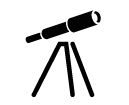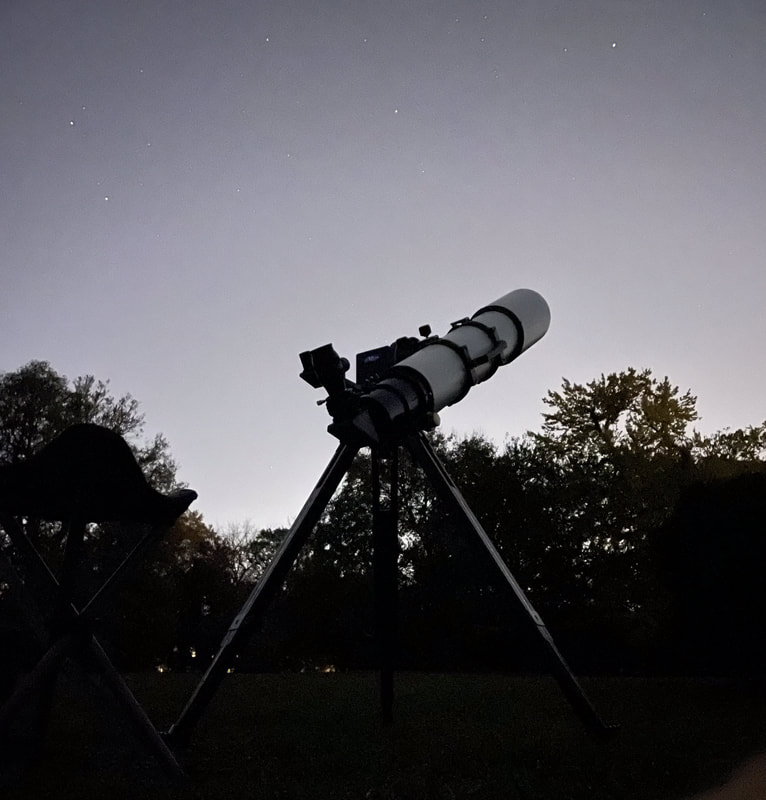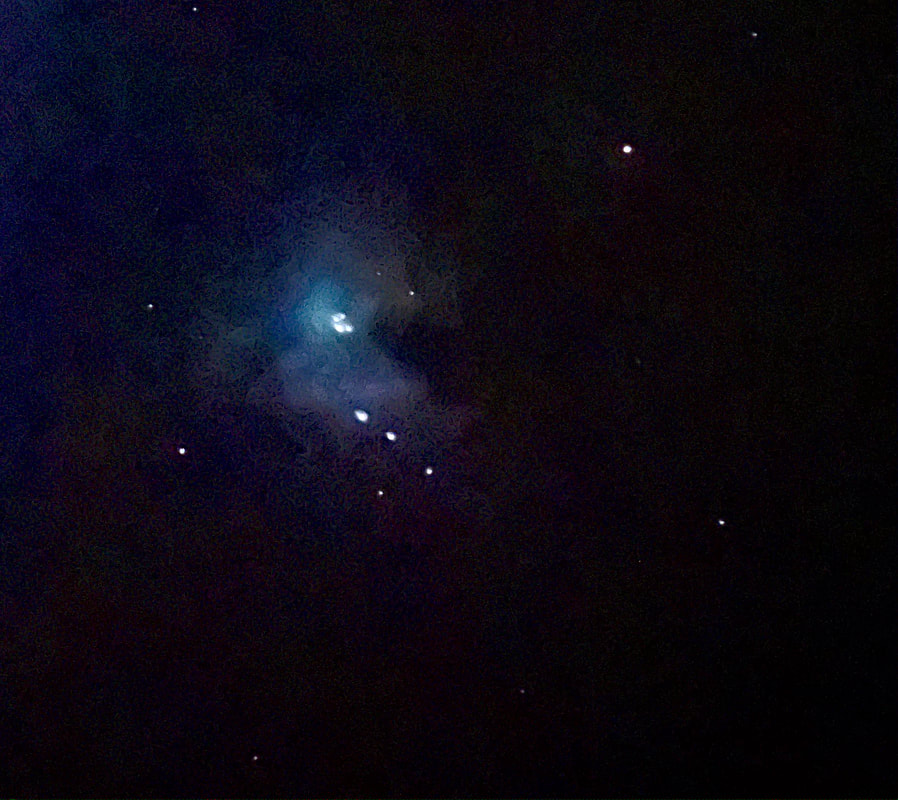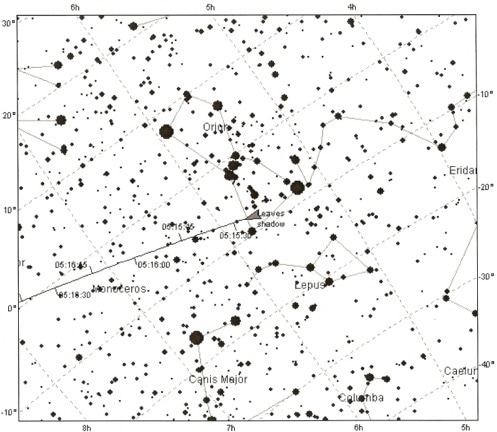|
The sky was that beautiful, robin egg blue yesterday, and sunset faded into an equally clear night. Seeing and transparency were both well above average, so I thought I'd take the TEC 140 out again to have my first look at the Orion Nebula since the spring. Sadly, the hour lost with the daylight saving time adjustment means that the bright planets are now too low in the night sky by the time I can make it out of the house; I'll look for them again in the spring. By midnight Orion was well above the horizon, with Sirius right behind, climbing up out of the glow of the National Mall. After a few minutes telescope and eyepieces acclimated to the crisp evening air. When they did I took out a 10mm Delos eyepiece, and was delighted to find that I could clearly make out six stars in the Trapezium (Theta-1 Orionis) - the little star cluster at the heart of the Orion Nebula - without using averted vision. I've never been able to see the E and F stars so clearly, and I was especially impressed because they were still emerging from the worst of our DC light pollution. The green-blue glow of Orion billowed around those stars, of course, with plenty of nebulosity dimly visible (this time with averted vision) even well beyond the brightest arc of the nebula. As usual, the effect was mesmerizing. Under an urban sky, Orion may be the only nebula or galaxy that looks better through one of my refractors than it does through the EVScope. With a 24mm Panoptic eyepiece I could observe just about the entire sheath of Orion's sword, with the nebula at the heart of it - truly a sublime view. It was getting late by the time I'd had my fill of Orion, so in spite of myself I decided to forego looking at any of the beautiful double stars in the sky right now (except Rigel, an old favorite). Instead I turned to the Andromeda Galaxy, just to remember what it looked like from the city with a truly top-tier refractor. It was a dim blob, of course; no match for what electronically assisted astronomy can reveal. But still, as always a thought-provoking sight.
The march home was painful and exhausting - I had to stop a couple times along the way - but still I was happy to have the season's first view of Orion. Next time with the EVScope, I think.
0 Comments
Leave a Reply. |
Archives
March 2024
Categories
All
|





 RSS Feed
RSS Feed